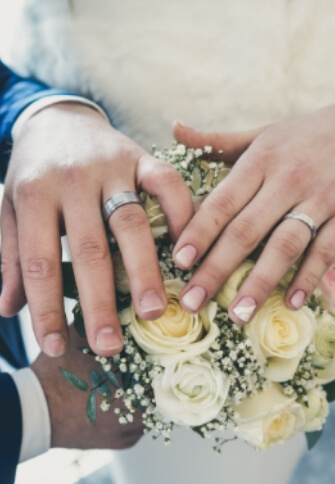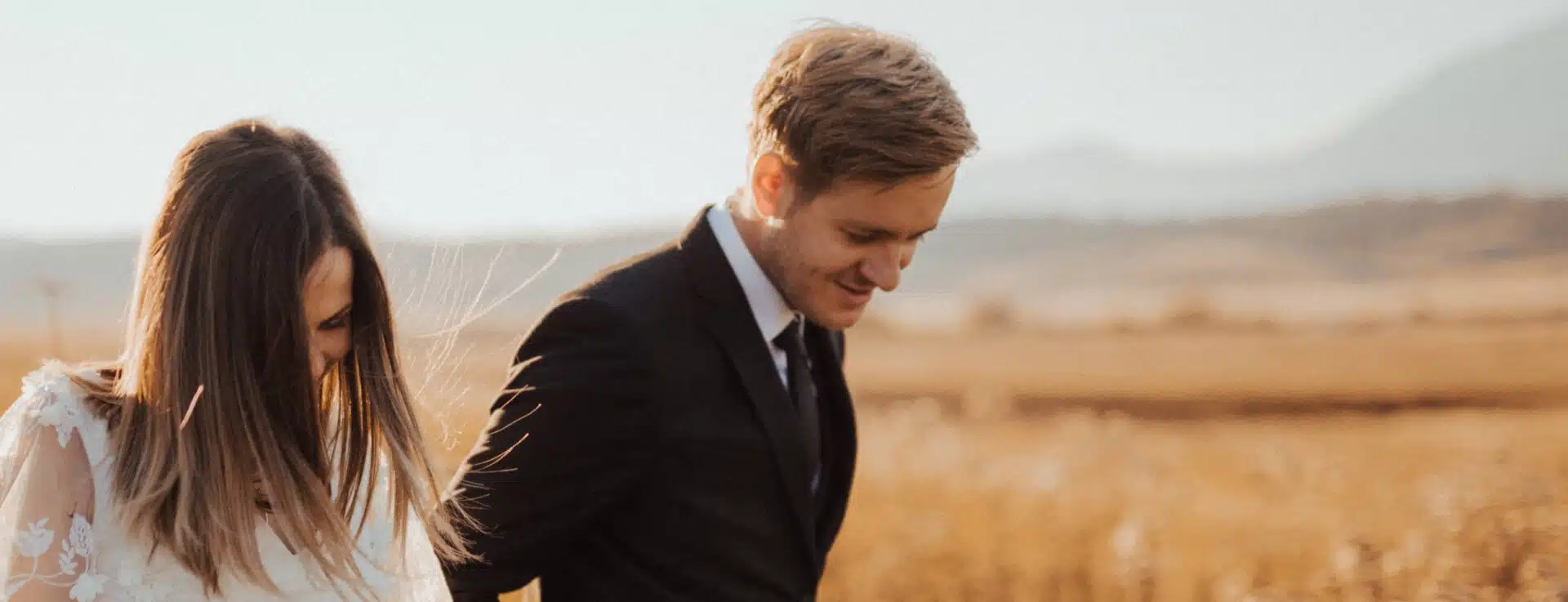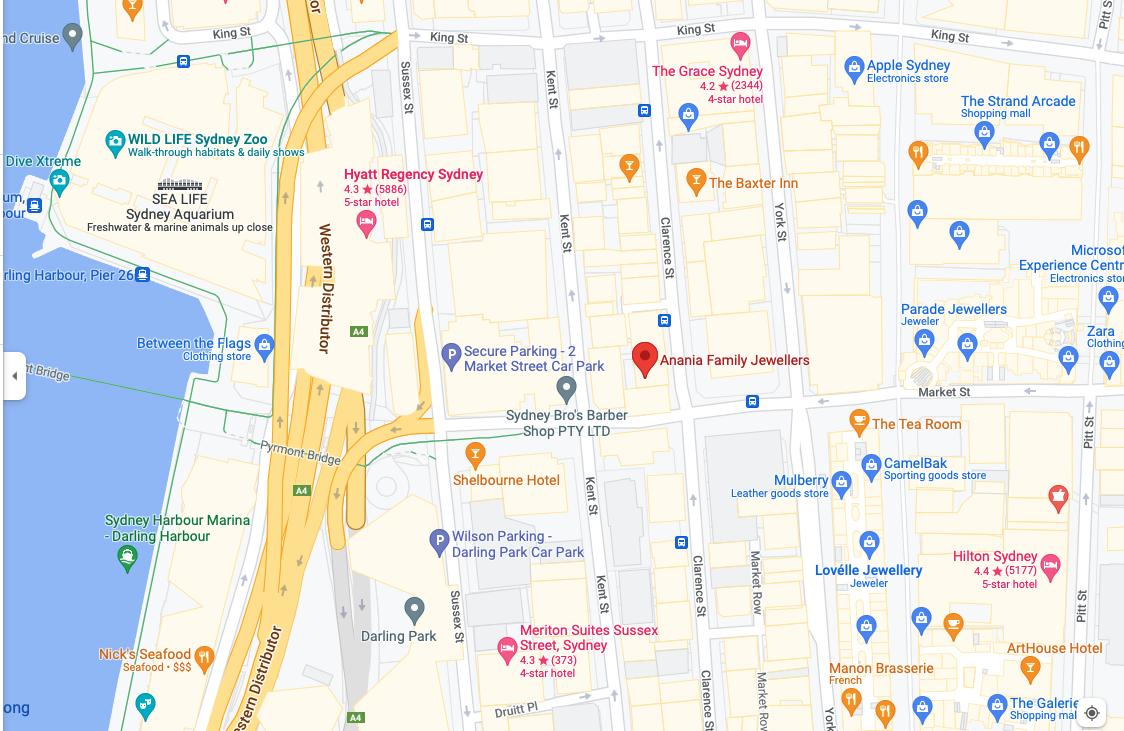Simply put, diamonds with a D colour grade are the highest quality diamonds on the market, at least from a colour perspective. They’re also by far the rarest, accounting for a small percentage of all diamonds sold worldwide.
D-colour diamonds can look incredible. A well-cut D-colour diamond can have a bright, icy white appearance that looks stunningly beautiful. However, this beauty comes at a price.
Because of their rarity, D-colour diamonds are by far the most expensive white diamonds on the market. The difference that D colour makes in your diamond’s appearance is more subtle than the cut quality or carat weight of your diamond.
D-colour diamonds are valuable because they are rare, not because they are noticeably more beautiful than other colourless diamonds.
Since colour depends on the viewing environment, graders use a standard light source and a completely colourless background when grading diamond colour and always look at diamonds with the light at the same angle.
To standardise the perception of the amount of colour perceived, graders compare the colour of a diamond to a set of diamond master stones.
But what does D colour really mean? It means that a diamond appears colourless when placed upside down when viewed next to the D colour diamond in the master set. It’s much easier to see slight differences in colour next to other diamonds so graders use comparison to judge colour.
In addition to their absence of colour, many D-colour diamonds are chemically purer than other diamonds, with fewer trace elements incorporated into the carbon of their atomic structure.
Often D-colour diamonds are type IIa, a rare category of diamonds that contain almost no nitrogen. Diamond type is a simple way of classifying diamonds based on their chemical composition and atomic structure.
Most diamonds used in jewellery are type Ia, which contain traces of nitrogen.







